What’s It Really About Carousel
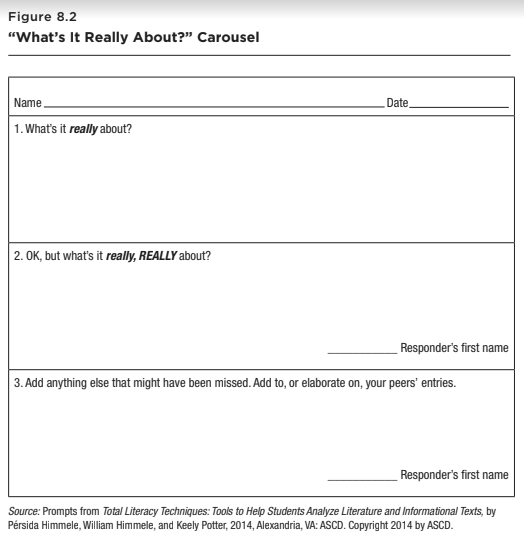
“What’s It Really About?” Carousel What It Is This activity is similar to the Debate Team Carousel except that it has only three rounds. It works well when students need to analyze content that is rich with themes, implications, inferences, and deeper purposes. How It Works Ask students to respond to the first box by trying to […]
A Better Table Summary
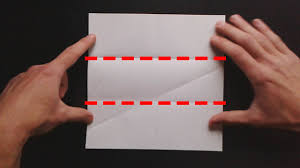
This activity allows students to process the most essential elements of the day’s lesson. They create a summary, combine summaries, and critically analyze their peers’ summaries to come up with better summaries of the day’s lesson.
List, Group, Label
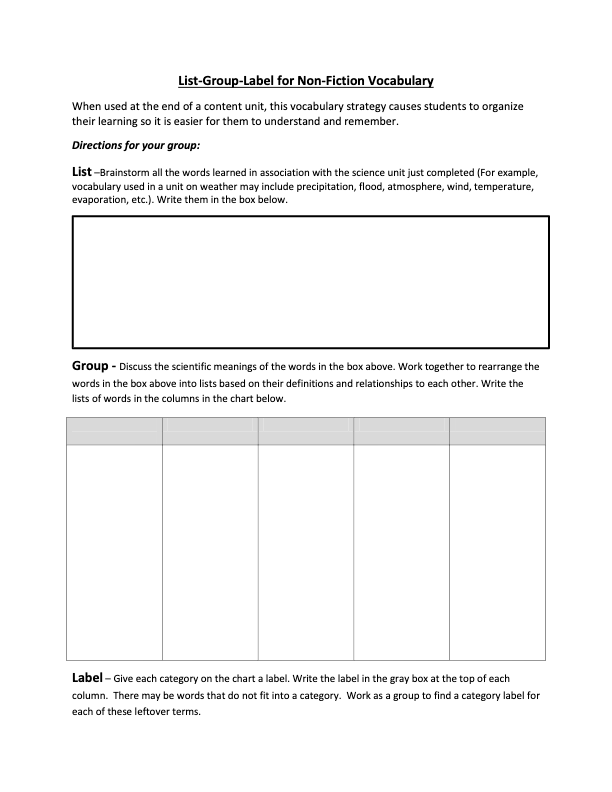
List, Group, Label is an excellent way to have students collaboratively “spill their brains” onto a sheet of paper at the end of a multi-lesson unit. We’ve modified it here so that it embeds the first step of the Ripple, by asking students to brainstorm on their own first.
1, 2, 3 O’Clock
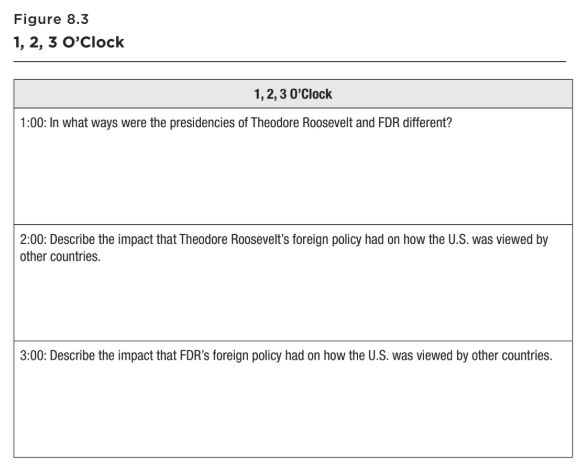
This wrap-up technique allows you to quickly review three important questions by having students respond to and discuss them with a designated classmate. It can be modified to include more or fewer questions, depending on the amount of time you have.
A-Z Sentence Summary
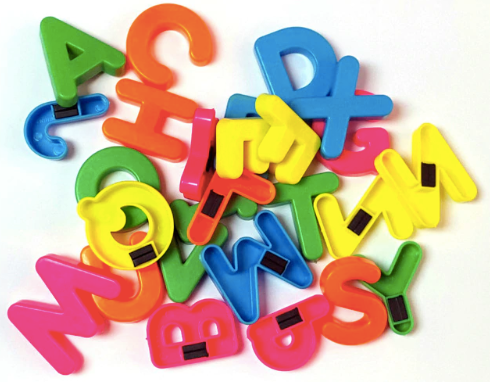
In this activity, students use alphabet refrigerator magnets to create a Chalkboard Splash review. At the end of a lesson, students choose magnetic letters, attach these to the whiteboard, and write their one-sentence summaries on the board. This activity is a great wrap-up to almost any lesson, enabling students to share and contribute to a larger-scale whole-class summary.
Three-Sentence Wrap Up
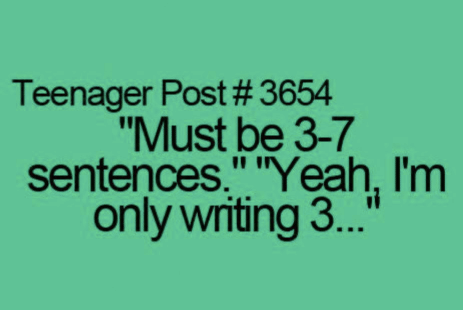
By asking students for Three-Sentence Wrap-Ups, you eliminate their tendency to add every peripheral item discussed in your lesson. Students have to be selective, determine what is most important, and then succinctly sum it up. Having to summarize something lengthy, in three sentences or fewer, can be a bit of a challenge.
The Biggest Aha Bar Graph
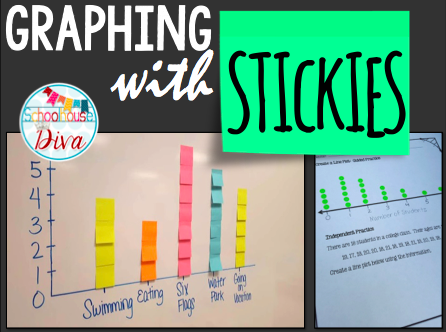
The Biggest Aha Bar Graph allows you to capture what students feel are their most important insights learned and see commonalities among them. Basically, it’s a bar graph constructed using your students’ Biggest Aha Quick-Writes. It allows you to peek into their minds as a group and see what portions of your lesson made the biggest impact on students and what needs further attention.
The Biggest Aha Quick-Write
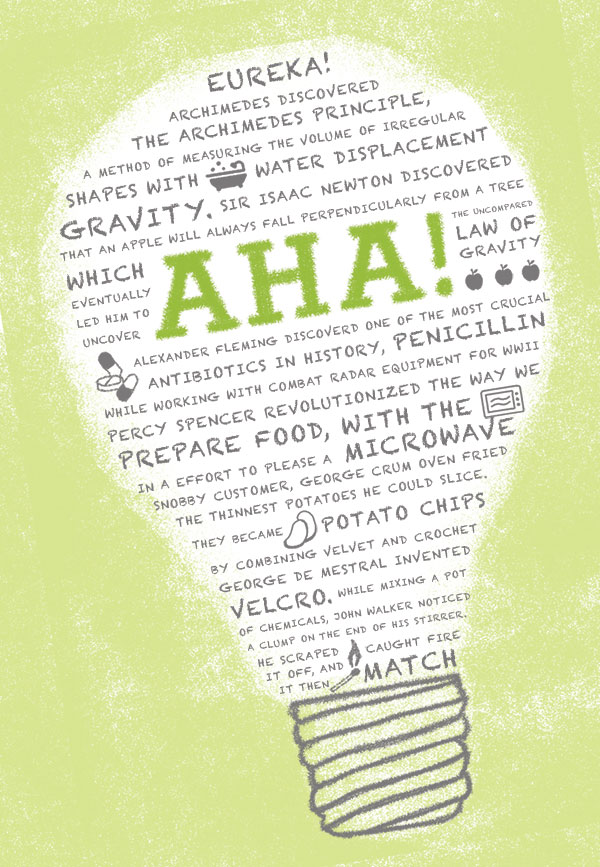
The Biggest Aha Quick-Write is a quick, versatile activity that can provide closure to almost any lesson. It allows you to capture what students feel are their most important insights learned from your lesson in just a few minutes of class time.
One Word Summary

One-Word Summaries to allow students to summarize the essence of the content presented that day using just one word. The teacher then circulates around the room asking for explanations or clarifications. This activity is versatile, brief, and can be used without much planning.
IQ Cards (Insight & Question)
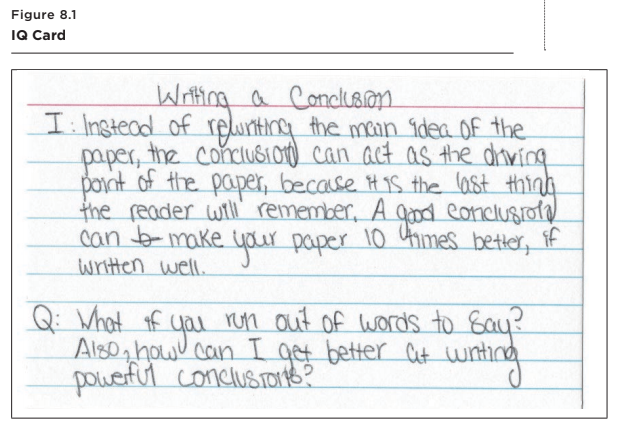
IQ Cards allow all students to share two things: an insight (I) and a question (Q). They also allow all students to read one another’s insights and questions in a collaborative final step. These work well wtih difficult-to-test concepts that are measured by bigger-picture understandings. Examples might include historical conflicts and inequities, human responsibility, climate change, conservation, and controversial readings.
Debate Team Carousel
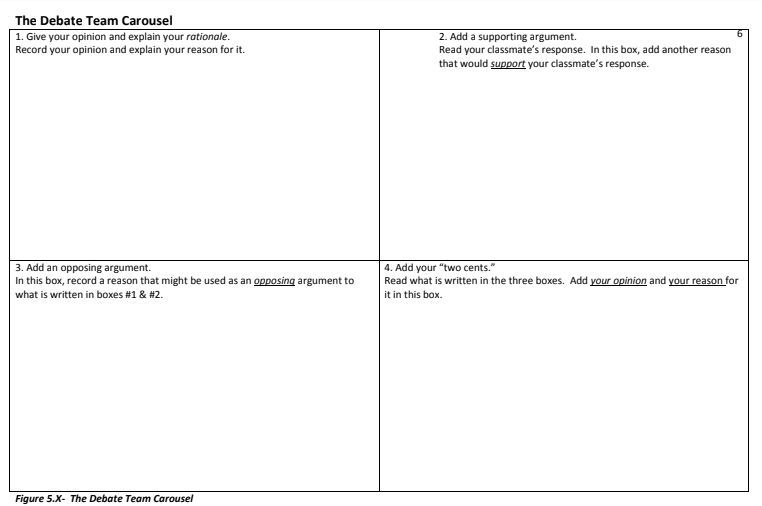
Debate Team Carousel is an activity in which students debate a position from various angles as prompted on a template. It allows students to see various aspects of an issue and consider what the opposing and supporting arguments for a certain position might be.
Pause, Star, Rank

This activity allows students to review their notes while the concepts are
still fresh in their minds. They can clarify what they wrote while they still remem-
ber why they wrote it. They also can encode their notes with stars to indicate the most important concepts, and then numbers indicating the ranking of the three most important points.
Lecture T-Chart
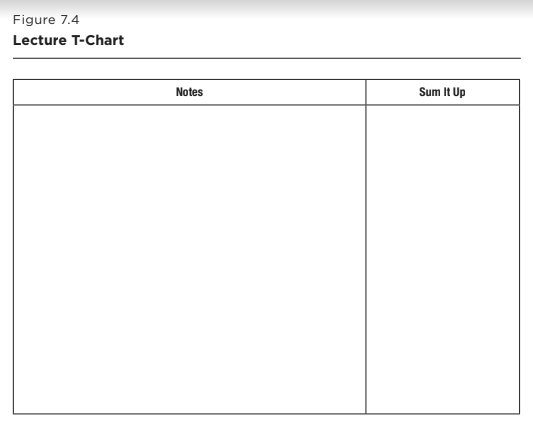
A Lecture T-Chart can be very useful to students by allowing them to review their notes and sum them up on the right-hand side of the T-chart using words or a Quick-Draw.
Picture Notes
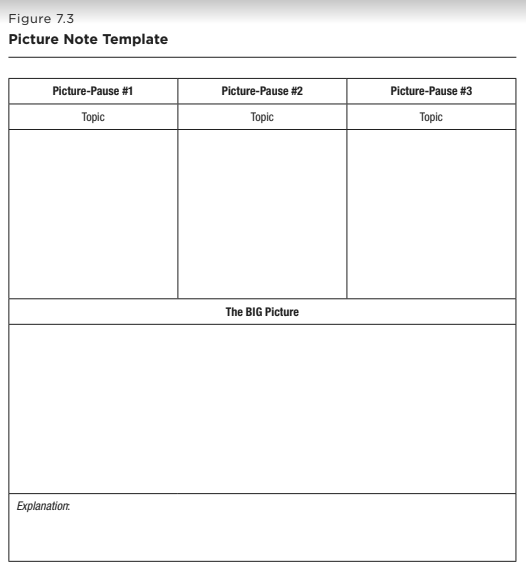
Picture Notes can provide an excellent way for students to stop and process what they have learned. They are meant to accompany written notes, not to completely replace them. During selected pause points, students create a picture that illustrates the concepts being learned.
Confer, Compare, and Clarify
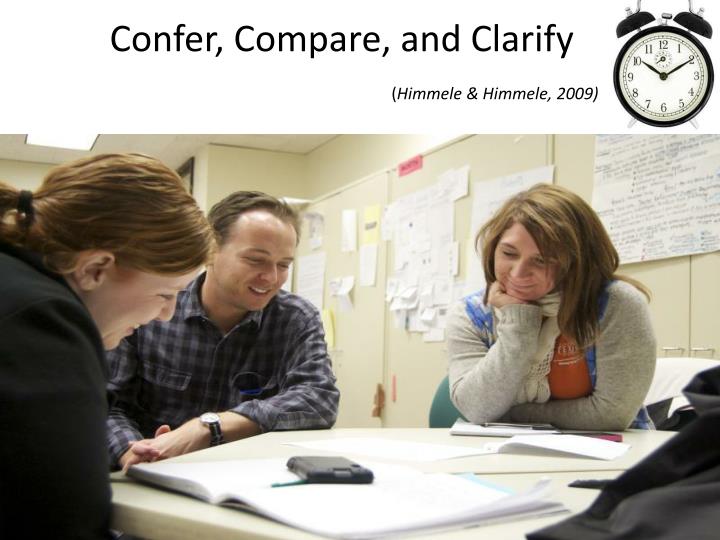
This activity allows students to read each other’s notes, make comparisons, and add their own notes. This gives them the opportunity to pick up tips by seeing how their peers take notes. It also allows them time to reflect on the content, compare understandings with their peers, and ask questions that can be the difference between comprehensions and lack of comprehension.
The Ripple
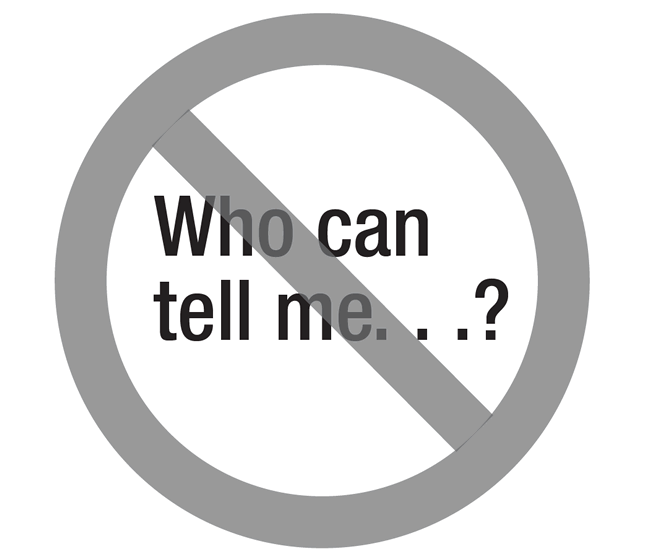
In the traditional question-and-answer approach, a teacher poses a question to the class as a whole and a small handful of eager students respond while everyone else remain disengaged. In this “beach ball scenario”, the teacher doesn’t get an accurate assessment of what the others are thinking or what they have learned until it is too late. Calling on an individual student should be a teacher’s last resort when it comes to classroom discussion.
Feature Walk
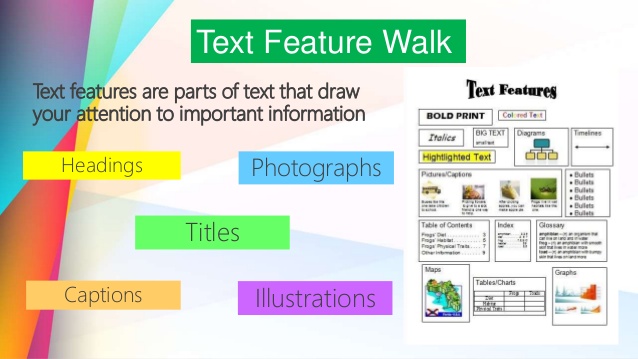
The Feature Walk allows students to get out of their seats and work in small groups as they analyze important features presented in their textbooks or in related online resources. This technique is excellent when you don’t want students to overlook important images or text features that can support their understanding of content.
Bounce Cards
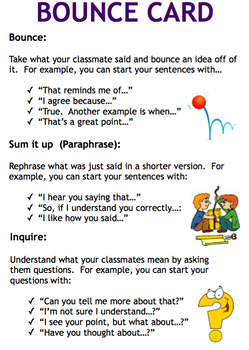
Bounce cards are a way to help students who struggle to get academic conversations started. They give students, especially those who are more reserved, something to say.
Appointment Agendas
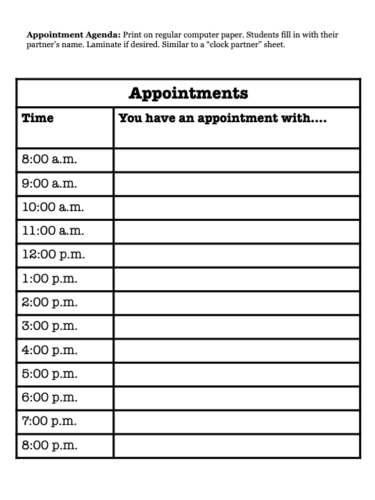
This is a fun way to get students out of their seats and interacting with others throughout the classroom. Students create appointments with peers by writing each other’s names in a specific time slot. When the teacher selects a time, students meet up with the person indicated on their appointment schedule.
Categorizing & Sorting
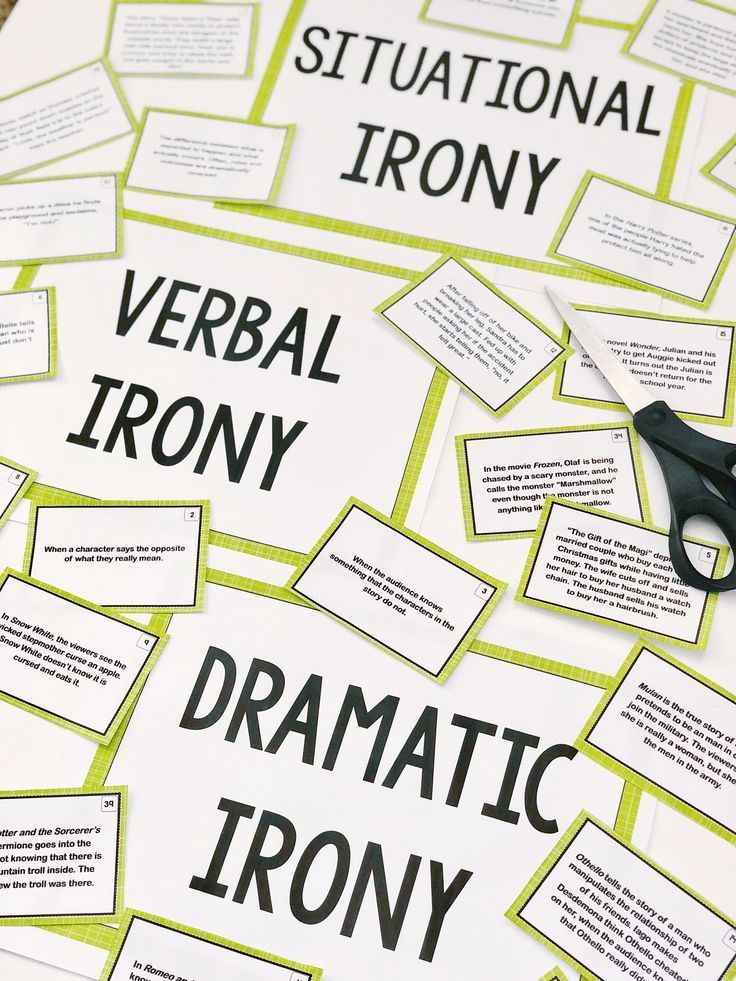
Categorizing and sorting can be used to help students understand a wide variety of unique characteristics and concepts. This interaction provides students with opportunities to see how items can sometimes be sorted in different ways and still be correct.
